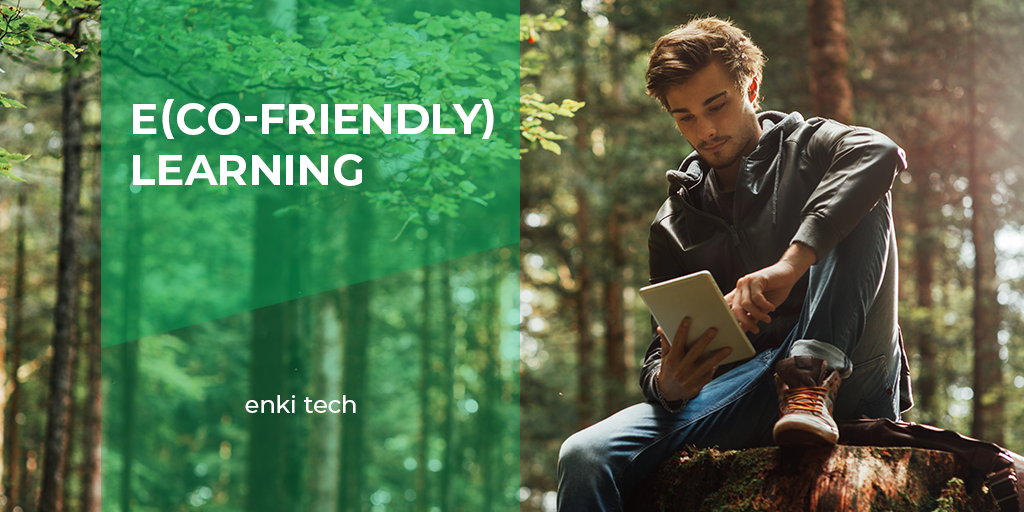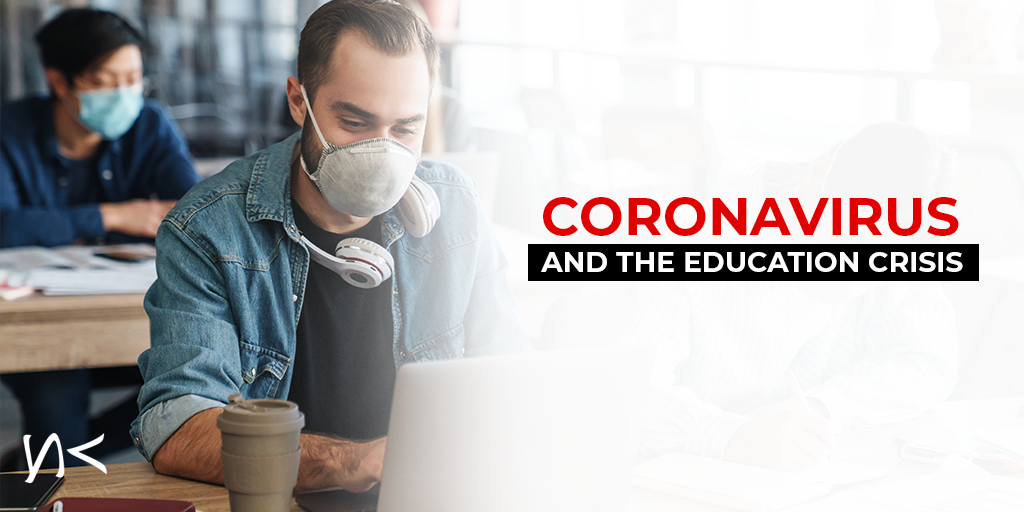For those who want to become better allies to the marginalized, please understand: Racism is not an easy topic to talk about for anyone. But it is incredibly awkward and uncomfortable for those of us who are minorities in America. We grow up learning to navigate a world that conditionalizes our humanity based on our skin color and our ability to make white people feel comfortable. We have no choice but to think about race because we live under a system that racializes us, and it has an impact on every aspect of our lives. From where we live, to if we get a job interview, to whether or not we are perceived as a threat, our race has an impact on us. And we have to be conscious of this to survive. Sociologist and civil rights activist W.E.B Dubois, referred to this internal understanding as ‘double consciousness.’ We constantly second guess our words and our actions around white people, anxious about their perception of us and the negative impact. We do not have the privilege of pretending racism doesn’t exist or that it is ‘not that bad’ because it will affect us whether we like it or not. And we often bite our tongues on this to keep the white people around us comfortable. We are uncomfortable, and we have had to get used to that discomfort. Any real work towards anti-racism and true justice starts with getting comfortable with being uncomfortable. If you are a member of a majority group and want to be a better ally, one of the best first steps you can take is listening and learning from marginalized people’s experiences in America. And this can take on many forms.
.
Find and Organization
Many individuals and organizations are dedicated to pursuing justice, equality, and equity that provide valuable resources that anyone can access and learn from. They have great tips on policy proposals and public advocacy that you can integrate into your work towards justice. Turning to organizations that specialize in anti-discrimination work is a great place to begin. Below is a list of some of the many organizations dedicated to the journey toward equality and justice.
Four years ago, what is now known as the Black Lives Matter Global Network began to organize. It started as a chapter-based, member-led organization whose mission was to build local power and intervene when the state and vigilantes inflicted violence on Black communities.
Showing Up for Racial Justice (SURJ)
“SURJ is a national network of groups and individuals working to undermine white supremacy and to work toward racial justice. Through community organizing, mobilizing, and education, SURJ moves white people to act as part of a multi-racial majority for justice with passion and accountability.”
“Racial Equity Tools is designed to support individuals and groups working to achieve racial equity. This site offers tools, research, tips, curricula, and ideas for people who want to increase their understanding and to help those working toward justice at every level – in systems, organizations, communities, and the culture at large.”
The Immigration Advocates Network (IAN), a program of Pro Bono Net, is dedicated to expanding access to immigration legal resources and information through collaboration and technology. IAN was created in 2007 by leading immigrants’ rights organizations to increase access to justice for low-income immigrants and strengthen the capacity of organizations serving them. We create our own tools, build platforms for others, and work with partners to harness the power of technology and collective action to better support immigrants and their advocates.
“Founded in 1998 by the creators of the Academy Award®-winning short film TREVOR, The Trevor Project is the leading national organization providing crisis intervention and suicide prevention services to lesbian, gay, bisexual, transgender, queer & questioning (LGBTQ) young people under 25.”
“Safe Zone trainings are one of the best places to start learning about all things LGBTQ+, but they are just that: the start.”
You can reach out, join these groups (and many more), donate money to their causes, and use the many resources they provide to continue your educational journey.
Read
Reading books, articles, poems, and essays written by people from marginalized backgrounds is a great way to learn about the multifaced experiences that we as humans have. If you don’t know where to begin, you can look into the many reading lists people have put together to help people get started. British Vogue magazine has released an article titled “An Essential Anti-Racist Reading List.” The article outlines comprehensive reading material to begin the work of anti-racism. From James Baldwin to Ta-Nehisi Coates, these authors and their work encompass both classic and contemporary experiences on race through a mixture of sociological study and personal narrative. Their experiences are varied and are impacted by class, gender, and sexuality. Many of these books are pretty accessible and can be easily be purchased online and in audiobook form. You can take a look at the article and the books here: https://www.vogue.co.uk/arts-and-lifestyle/article/black-lives-matter-reading-list.
Below are some other texts that can provide valuable information:
The Souls of Black Folk, by W.E.B. DuBois
Link to book online: https://www.gutenberg.org/files/408/408-h/408-h.htm
You can also purchase the book on amazon or from a local bookstore.
“Letter from a Birmingham Jail”, by Dr. Martin Luther King
Full Text: https://www.africa.upenn.edu/Articles_Gen/Letter_Birmingham.html
Mothership: Tales from Afrofuturism and Beyond, written by Bill Campbell, edited by Edward Austin Ha
ll
Link to purchase E-book: https://books.google.com/books/about/Mothership.html?id=hUd0CwAAQBAJ&source=kp_book_description
White Fragility: Why It’s So Hard for White People to Talk About Racism, by Robin DiAngelo
Linked to purchase on Amazon: https://www.amazon.com/White-Fragility-People-About-Racism/dp/0807047414
The Interesting Narrative of the Life of Olaudah Equiano, by Olaudah Equiano
Link to purchase on Amazon: https://www.amazon.com/Life-Olaudah-Equiano/dp/1945644915
Watch
Film is another excellent way to begin the journey towards understanding. If you, like most people, have access to a Netflix account, you can go to your Netflix account and explore the list of films that Netflix has recently curated under the Black Lives Matter Collection to help educate viewers on race. Some of these films include:
13th, an award-winning documentary by filmmaker Ava Duvernay, explores the history of racial inequality in America, specifically regarding the criminal justice system. When They See Us is a biopic miniseries, also directed by DuVernay, that tells the story of Central Park 5. The Central Park 5 were five African American and Hispanic teenagers who, because of race, class, and a corrupt criminal justice system, were wrongfully convicted for the rape and assault of Trisha Meili, a 28-white woman who was attacked while jogging in Central Park.
LA 92 and Let it Fall are two documentaries that explore the 1992 LA Riots. On March 31, 1991, police officers pulled over Rodney King, a black construction worker, after a high-speed chase. The officers who pulled him over beat Rodney King while he was on the ground unarmed, and the incident was caught on camera. After much public uproar, the officers were tried, but an all-white jury subsequently acquitted them. Anger and outrage amongst racial minorities in LA led to a six-day riot that shed light on the reality of police corruption and racial tensions between different racial and ethnic groups in the city.
The Two Killings of Sam Cooke, a documentary on Sam Cooke, details the life of a soul singer and civil rights activist whose murder was tragically covered up.
Other films that showcase essential issues around race, class, gender, identity, and ethnicity include:
The Death and Life of Marsha P. Johnson. Marsha P. Johnson was a black transwoman who is largely credited for starting the Stonewall Riots and the subsequent birth of Pride and the modern LGBTQIA+ movement. Johnson was an advocate and an activist who sought to provide shelter and a safe space for homeless queer youth. Ms. Johnson was found floating in the Hudson River in 1992, and her death remains unsolved, though some speculate foul play.
Moonlight is an award-winning film that is a fictional narrative that explores the story of two black gay youth as they grow from young boys into men against the backdrop of the inner city of Miami, Florida.
What Happened Miss Simone is a documentary on the life of Nina Simone, a legendary singer and activist whose career and legacy, though prominent today, was sideline during her time.
In recent months we have been exposed to the absolute depths of depravity within the human heart. We witnessed a lynching by white supremacists who chased and gunned down Ahmaud Arbery, a young black jogger. There has been an increase in racial attacks on Asian Americans in the wake of the novel coronavirus. Black and brown transwomen continue to experience the highest number of homicides amongst any group in America. Knowing what we know and seeing what we have seen makes it easy to be cynical about the world and humanity. But We have also seen the capacity for love and humanity come together to protest injustice and demand change worldwide. We have seen people from all walks of life come together to protect each other and stand up for what is right. We are in a chaotic and challenging time for everyone. This is not an issue that will be solved in a day, week, or year. The fight for equality always has and will always be a constant battle. But there are ways to educate yourself and make meaningful strides towards a better future for everyone. And if we continue to learn, teach, hope, dream, and fight, we will find a way to move forward.









